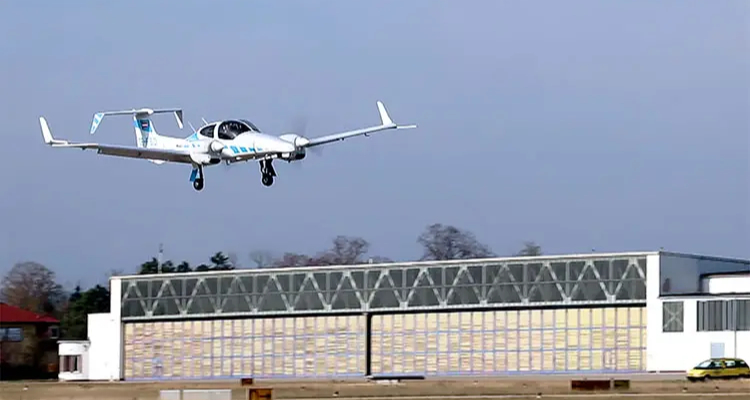
When it comes to aviation, safety is paramount. Although rare, emergency landings are situations every pilot must be prepared for. Mastering the skills for a successful emergency landing is crucial, not just for pilots-in-training but also for seasoned aviators. This guide aims to provide a comprehensive overview of how to approach and execute emergency landings with confidence and competence.
Assessing the Situation
Before making any decision, it's vital to assess the situation thoroughly. Questions to consider include:
- Is there engine failure?
- What's the weather like?
- How far is the nearest airport?
Declaring an Emergency
The first step in an emergency situation is to declare it. Inform Air Traffic Control (ATC) immediately, providing concise and precise information to get the help you need as quickly as possible.
Selecting a Landing Site
When choosing a landing site, consider factors such as the surface, size, and approach. Always aim for an airport or airstrip if possible. If not, open fields, highways, or flat terrains are your next best options.
Landing Approach
A good landing approach is crucial. Reduce speed and deploy flaps as you approach the landing site. Remember, it's always better to land into the wind than with it.
Emergency Systems and Procedures
Be well-versed in your aircraft’s emergency systems and procedures. Whether it’s activating an emergency locator transmitter or deploying landing gear manually, knowing your aircraft inside out can make all the difference.
Communication is Key
Maintain communication with ATC throughout the ordeal. Your co-pilot or passengers can also assist with tasks like identifying landing spots and managing emergency equipment.
Post-Landing Actions
Once the aircraft has landed safely, your primary concern should be the well-being of all onboard. Administer first aid if necessary and await rescue or further instructions from authorities.
Frequently Asked Questions
What are the key considerations when selecting a landing site?
The key considerations include surface, size, and approach. It's preferable to land at an airport, but open fields and flat terrains are acceptable alternatives.
What is the importance of communication during an emergency landing?
Effective communication with Air Traffic Control and co-passengers is vital for coordinating rescue efforts and ensuring everyone’s safety.
How can pilots prepare for emergency landings?
Regular training, thorough understanding of your aircraft's emergency systems, and mental preparedness are crucial for handling emergency landing situations.
Conclusion
An emergency landing is a scenario every pilot hopes to avoid but must be prepared for. Training, mental readiness, and a good understanding of your aircraft's capabilities are essential for turning a potentially catastrophic event into a manageable situation.
